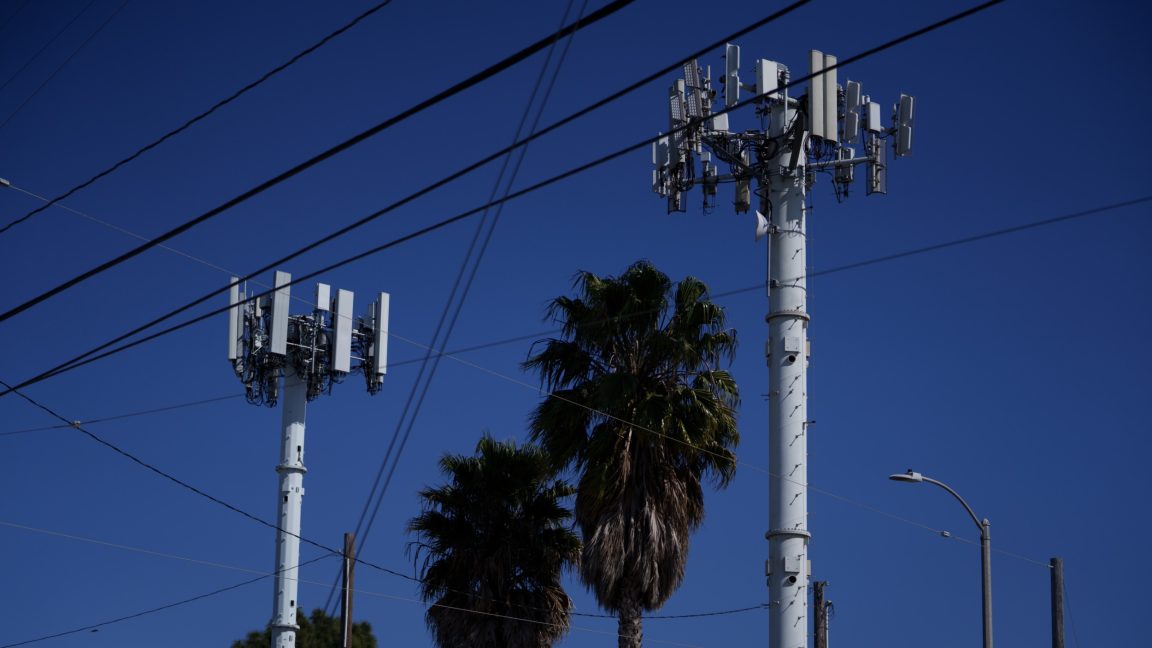
"As part of Google's mobile network security features, Android phones can detect requests for unique identifiers or attempts at unencrypted connections, yielding network notifications."
"The issue is that no current phones are capable of detecting fake cell towers as they require version 3.0 of Google's IRadio hardware abstraction layer, which isn't present in existing devices."
"Google permits OEMs to secure certain hardware capabilities at a phone's release time, indicating existing phones will unlikely receive updates necessary for Stingray detection."
"Newer phones launching later this year, like the Pixel 10, will be the first to provide communication of fake cell tower detection."
Google's upcoming Android update will enhance mobile network security by enabling phones to detect potential threats from unencrypted connections and identify unique identifiers. However, this feature relies on updated hardware specifications that current devices, including Google's own Pixel phones, do not possess. As a result, users with existing models won't benefit from these new capabilities. New smartphones, particularly those launching with Android 16, like the Pixel 10, will be the pioneers in offering this protection. In the meantime, users can still disable 2G connections to mitigate risks from threats such as Stingray devices.
Read at Ars Technica
Unable to calculate read time
Collection
[
|
...
]